
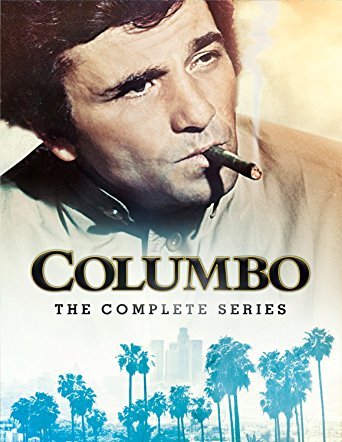
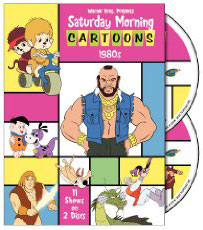
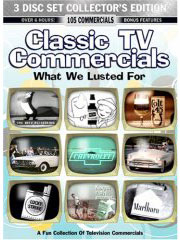
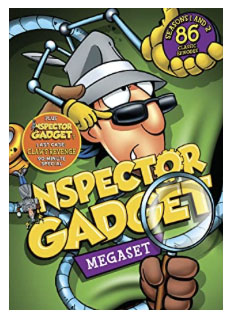
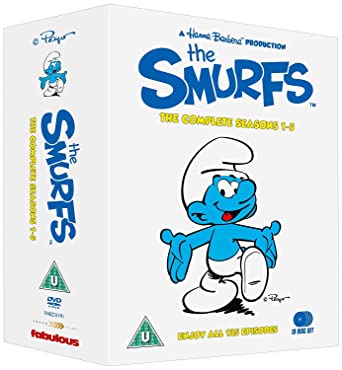
 |
 |
 |
 |
 |
 |
|
TV
on DVD/ / / / / / / / /
/ / / / / Movies on Blu Ray/ / / / TV Shows on Blu-Ray/ / / / / Holiday
Specials on DVD / /
/ / / / Classic
Commercials / / / / / / TV Blog |
||||||
|
Cartoon All-Stars To The Rescue
Please consider a donation
so we can continue this work!
Amazon Prime - unlimited streaming PR4 & PR5 Pages for Advertising
|
On Thursday, April 19, 1990 in Room SH-216 in the Capitol building, Senator Joseph Biden of Maryland called to order that rarest of Congressional events - a special joint hearing of similar committees of both the House and Senate. “Today we will see unveiled here the newest weapon in our fight against drugs. This new weapon is not a Naval carrier group or a new prison. It isn’t a one billion dollar research program for cocaine-eating caterpillars. It is something more powerful than any of those things. It is a cartoon. "The Teenage Mutant Ninja Turtles are a well-known group of individuals among 8-year-olds, and you know the powerful impact of those turtles, along with figures like Bugs Bunny and Winnie the Pooh and the Smurfs, and Alf, who have all had impacts upon our children, and this is a chance for their impact to be very positive. In my opinion, Cartoon All-Stars to The Rescue is the single most ambitious and important drug education program ever attempted."
Thus, with firm idealistic vigor, the future Vice-president moderated a panel of television and corporate witnesses all extolling the virtues of a project that had been nearly four years in the making. “Cartoon All-Stars to the Rescue” would combine the talents of television’s top animation studios, the money of the McDonald’s corporation and the Academy of Television Arts and Sciences, a team of entertainment industry copyright lawyers and the technical facilities of the Disney Corporation to create a half hour that they anticipated would help effectively and entertainingly explain to children the perils of substance abuse. The project had what seemed to be a sure fire hook - a cast of nearly 20 familiar characters from Saturday morning cartoons of the late-1980s. Unfortunately, the result would fall far short of Senator Biden’s glowing predictions. This is not to say that the program is completely without merit, and it would be wrong to simply dismiss the film as “the Reefer Madness of the 1990s.” The initial idea was conceived in 1986 by executive directors of the Television Academy who believed that the organization had to use it’s resources to take a strong anti-drug stance. “The problem of drug abuse is pervasive in our society,” former Academy president Richard Frank told the hearing, “But so is television." Wherever there is the influence of drugs, there is the influence of television. Cartoon All-Stars To The Rescue will inform an estimated 20 million children. It will get it’s message across using an entertaining format that children favor and characters they love.” With the enthusiastic support of the Academy’s Board of Governors, agreements were made with McDonald’s Children’s Charities for financing, Roy Disney of Disney Studios who would be executive producer, award winning producer Buzz Potamkin who would be in charge of production, the broadcast, cable and foreign networks who would present the show in a simulcast unprecedented in the history of television, and the copyright owners of the different characters who agreed to make them available at no cost. Undertaking the formidable task of writing a script which not only had to deal effectively with the substance abuse problem but also entertain a target audience of 5-to-11 year olds was the team of Tom Swale and Duane Poole. Modeling their script on “A Christmas Carol,” Swale and Poole utilized their all- star characters as teachers and guides as Michael, the 14 year-old drug user at the center of the story is given a tour of his past, present and future life to show what negative impact drugs have and will continue to have if he continues to be a user. Completion of the script required 6 months as suggestions of psychologists, educators and substance abuse experts were evaluated to insure the script’s accuracy. Animation, voice-overs, music and sound effects took eight weeks during which time the project was able to hire George C. Scott to provide the voice of “Smoke”, an evil drug-pushing apparition. Scott only requested Equity scale as his fee. Howard Ashman and Alan Menken, recent Oscar winners for “Little Mermaid” were assigned to score the program and to also create a viable anti-drug theme song. The show was still being edited just days before it’s airing and the Senators and Congressmen could only preview a 15 minute rough-cut devoid of music and sound effects. But finally, on the morning of Saturday, April 21, 1990 on CBS, NBC, ABC, FOX, Telemundo, Univision, Disney, USA, Nickelodeon, BET, Lifetime, TBS, TNT, AFRTS as well as stations in Canada and Mexico, the seemingly “can’t miss” anti drug cartoon was shown.
After a brief statement by President George H. W. Bush and his wife Barbara, the show opened with the dawn of a new day in Anytown, USA. In the bedroom where 9 year old Corey is sleeping an ominous hand reaches through the door and steals her piggy bank. We then start the crossover hard sell as The Smurfs, Alf, Garfield, Alvin, Simon, Theodore, Winnie The Pooh, Baby Kermit and Slimer investigate and discover Corey’s teenage brother Michael in his room, cackling fiendishly over the broken bank and savoring the nearly $20 found inside. Confronted by Corey, he quickly shoves a box containing his stash under the bed and under the noses of Alf and The Chipmunks. Theodore explains to the others the source of the box’s funny smell, “Marijuana. An unlawful substance used to experience artificial highs.” Corey is shaken by Michael’s unhealthy appearance as he storms out of the house followed by the Cartoon All-Stars. The fact that the show has been on for only 5 minutes and there have already been appearances by 14 different characters illustrates a key problem with Poole and Swale’s screenplay. There is a perception that the duo were told by the producers “Just put the characters anywhere.” It’s also become obvious that these characters personalities are not suited to the deadly subject of teen drug abuse. Throughout the show most of the characters whine and cry “Oh my goodness.” and “Oh dear.” and “Please Michael, don’t.” This might be a concession to the 5-to-7 segment of the intended 5-to-11 year old audience. Fortunately, in the next segment, the arrival of animation’s greatest character presents the show’s only powerful and effective anti-drug scene as he is the only character who fearlessly confronts Smoke, the evil pro-drug apparition. Smoke is a frightening, cloudy, grey ethereal Grim-Reaper in a business suit who’s face occasionally changes to a skull. Masterfully voiced by George C. Scott, one is reminded of Scott’s General Buck Turdgeson role from Dr. Strangelove when Smoke, like Turdgeson continuously and recklessly rationalizes his dangerous stances. But since Bugs Bunny never took any guff from anybody, it seemed right that the rabbit would effortlessly dump Smoke into a garbage can and over inflate him with a bicycle pump till he explodes after the villain assured Michael that marijuana will make all his problems go “poof!”. Bugs has little patience for Michael as he refreshingly tells him that his drug use makes him “definitely not one of the world’s foremost thinkers” and reels at the teen’s assertion that he wasn‘t a victim of peer pressure when he smoked his first joint at the age of 12. “Don’t give me that old ‘I started because I wanted to’ routine. What makes you think they knew better than you?” Bugs then lays it on the line in simple terms “A joint? So what’s the big attraction. Look kid, everybody’s got problems. Nobody ever gets everything they want in this world. What’s important is what’s inside you. You have to believe in yourself!” A brief segway scene between a fretful Corey and her father leads to the first of two “psychedelic mindblower” approaches to illustrating the dangers of drugs. Falling into a sewer, Michael encounters Michelangelo of the Mutant Ninja Turtles, and Kermit, Piggy and Gonzo from Muppet Babies who escort him and Smoke on a wild roller-coaster ride through his decaying brain. It’s an incredible piece of frightening animation with lightning bolts, skulls and menacing dragons combined with a great acid-rock soundtrack. “The great ups from drugs only lead to horrible downs. Eventually you’ll take drugs just to feel normal!” Kermit warns. Michael eventually lies helpless and alone in a city park pleading for help. Help arrives in the form of Huey, Dewey and Louie who deliver one of the most obvious intros for a song ever “Let’s show him how to say no to drugs!”
NEXT: Part Two - The most incredible and disturbing part of the show! |
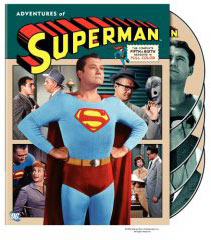 |
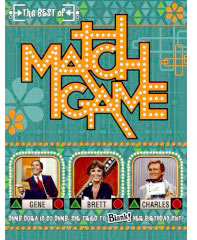 |
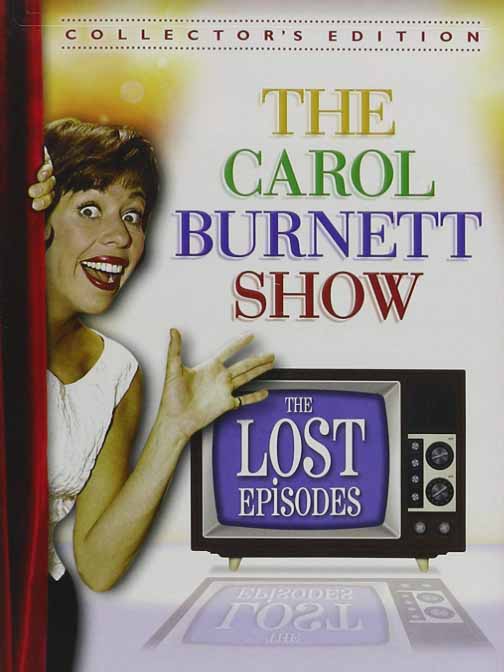 |
 |
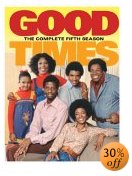 |
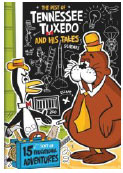 |
| Everything you're looking for is right here: Save money! |